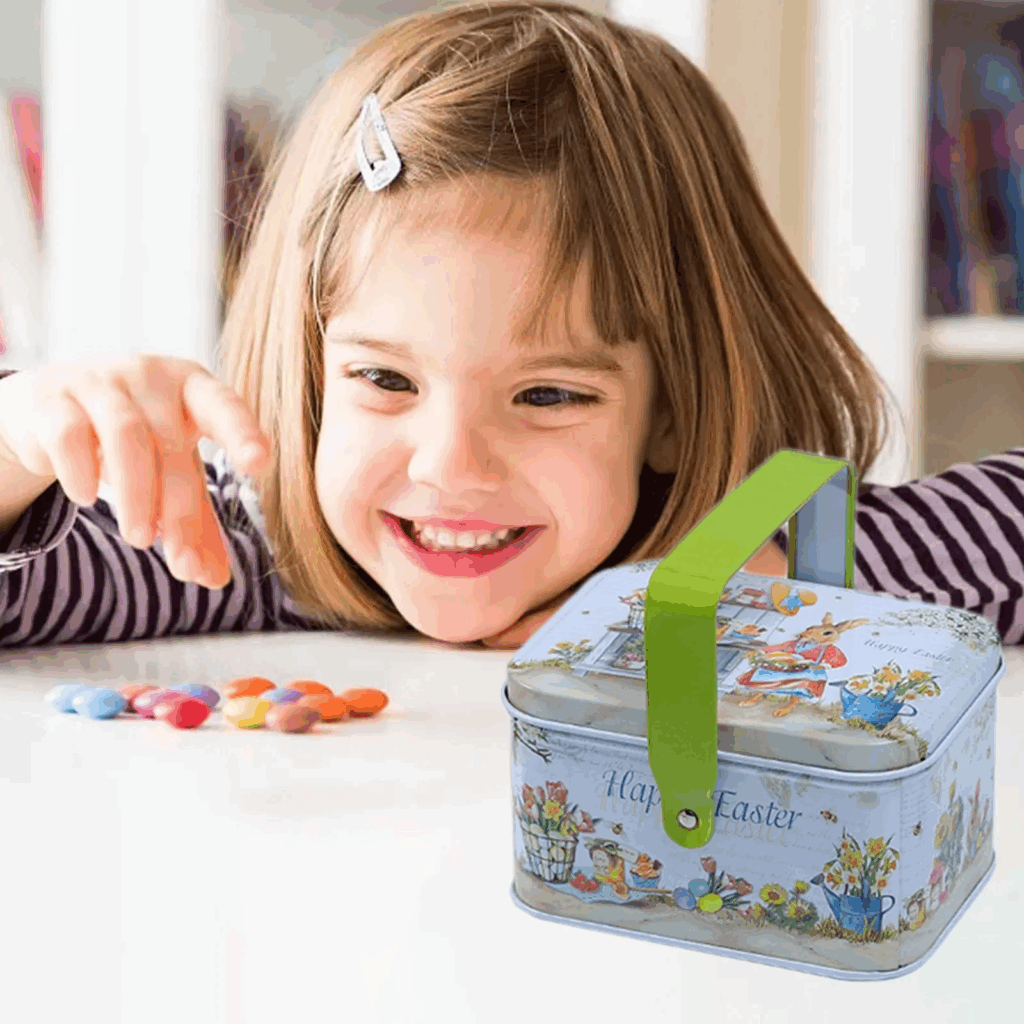Packaging plays a crucial role in product protection, transportation, and consumer experience. But with growing environmental concerns, many are asking: Should we use plastic or paper packaging?
This article explores the pros and cons of both materials with a detailed comparison of sustainability, performance, cost, and future trends. We’ll also answer common questions such as:
- Is paper biodegradable?
- Is plastic renewable or nonrenewable resource?
- What are the recycling pros and cons?
- What packaging issues are most pressing today?
Sustainability and Environmental Impact

♻️ Is Paper Biodegradable?
SÌ. Paper is biodegradable, making it a strong choice for eco-conscious packaging.
- Fast decomposition
Paper decomposes in weeks under natural conditions, reducing long-term waste accumulation.
- Compostable in most environments
Uncoated paper breaks down safely in compost, contributing to soil health when disposed of properly.
- Less harmful to marine life
Unlike plastic, paper is less likely to entangle or poison wildlife in oceans and rivers.
- Comes from renewable resources
Sourced from responsibly managed forests, paper is part of a renewable cycle when certified by bodies like FSC.
- Sustainability depends on coatings
Laminated or wax-coated paper may delay decomposition and reduce recyclability.
🛢️ Is Plastic Renewable or Nonrenewable Resource?
Plastic is primarily made from petroleum, which is a nonrenewable resource.
- Derived from fossil fuels
Most traditional plastics are made using petroleum and natural gas, contributing to carbon emissions.
- Finite availability
As oil reserves deplete, the long-term viability of plastic manufacturing becomes more questionable.
- Environmental persistence
Plastics take centuries to break down, creating long-lasting waste in landfills and oceans.
- Innovations in bioplastics
Some modern plastics are made from corn starch or sugarcane, but they are still in early stages of development and often non-compostable.
- Dependency on oil markets
Plastic prices fluctuate with oil prices, linking packaging costs to global energy trends.
Packaging Performance and Durability
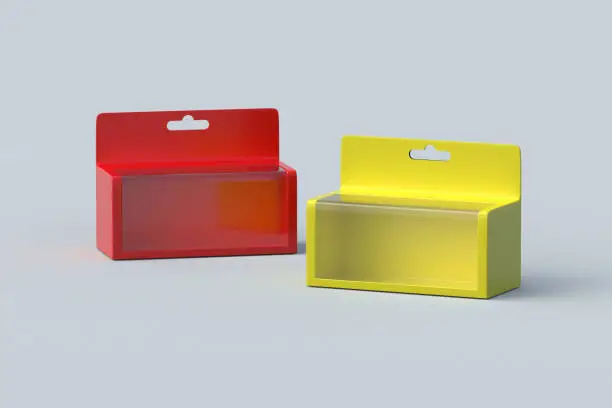
📦 Plastic Box Packaging: Durable and Protective
Plastic packaging is ideal for situations that require strength, flexibility, and moisture resistance.
- Superior water resistance
Plastic is impervious to water, making it essential for frozen foods, liquids, or humid environments.
- Longer shelf life
Airtight seals protect products from bacteria, muffa, and spoilage, which is critical in food and pharma industries.
- Impact resistance
Plastic containers absorb shocks and prevent breakage, reducing damaged returns and loss.
- Transparency and visibility
Plastic box packaging can be made see-through, allowing customers to view the product inside—a significant retail advantage.
- Reusable potential
Many plastic boxes can be reused multiple times before disposal, especially in storage or bulk packaging.
📄 Paper Packaging: Natural, but Less Resilient
Paper offers biodegradability and branding advantages, but it has limitations in performance.
- Poor moisture resistance
Unless coated, paper absorbs water, which can lead to structural failure or product spoilage.
- Lower tensile strength
Paper tears and crumples more easily than plastic, particularly during shipping or stacking.
- Heavier in bulk
High-strength paperboard options can add weight, increasing logistics costs.
- Sustainable appearance
The natural look of paper appeals to eco-conscious consumers and aligns with green branding.
- Limited reusability
Paper degrades with each use and is typically single-use unless specially reinforced.
Cost and Economic Considerations
💰 Plastic: Cost-Effective at Scale
Plastic remains the most affordable option for mass production and distribution.
- Lower unit cost
In bulk, plastic packaging is significantly cheaper to manufacture than paper equivalents.
- Energy-efficient production
Producing plastic uses less energy per kilogram than making paper, although its environmental toll is higher long-term.
- Lightweight saves shipping
Plastic’s low density cuts down on transportation emissions and fuel costs.
- High-speed production
Automation and mold-injection systems make plastic packaging faster and more efficient to produce.
- Design flexibility reduces waste
Complex shapes can be molded with minimal material, reducing excess packaging.
📦 Paper: Higher Upfront Cost, Longer-Term Benefit
While more expensive, paper can support brand image and reduce environmental tax costs.
- Increased raw material and processing costs
Paper production involves multiple energy-intensive steps like pulping, drying, and pressing.
- More expensive transportation
Paper is heavier and bulkier than plastic, resulting in higher shipping fees.
- Eco taxes and plastic bans
In areas where plastic is taxed or restricted, paper may become the more cost-effective long-term solution.
- Perceived value by consumers
Many customers are willing to pay more for paper packaging if it aligns with their sustainability values.
- Recycled paper can lower costs
Using post-consumer materials reduces dependence on virgin pulp and minimizes overall environmental impact.
Recycling: Pros and Cons You Should Know
🔄 Recycling Pros and Cons of Plastic
- ✅ Pros
- Recyclable in many forms (PET, HDPE, ecc.)
- Saves raw materials and energy when done properly
- Can be reused in new products like containers, furniture, or clothing fibers
- Recyclable in many forms (PET, HDPE, ecc.)
- ❌ Cons
- Not all plastics are recyclable—multi-layer or contaminated plastics often end up in landfills
- Requires sorting and specialized facilities, which many regions lack
- Recycled plastic often loses quality and can only be recycled a limited number of times
- Not all plastics are recyclable—multi-layer or contaminated plastics often end up in landfills
🔄 Recycling Pros and Cons of Paper
- ✅ Pros
- High recyclability and wide infrastructure support
- Can be recycled multiple times before fiber degradation
- Easier sorting and lower contamination risks compared to plastic
- High recyclability and wide infrastructure support
- ❌ Cons
- Energy-intensive recycling process
- Coated or waxed paper cannot be recycled with regular paper
- Quality of recycled paper declines over time, requiring blending with virgin pulp
- Energy-intensive recycling process
The Three Major Problems in Modern Packaging
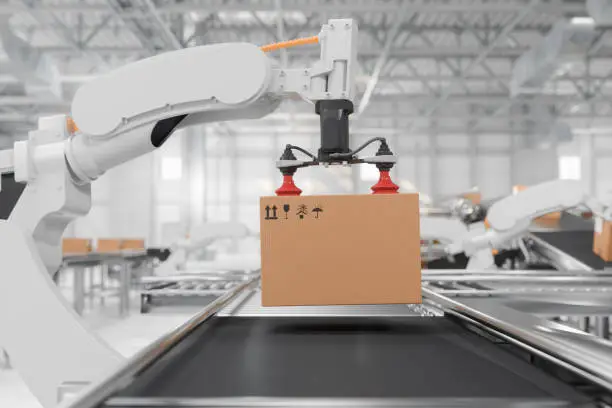
Overuse of Nonrenewable Materials
- Heavy reliance on plastic, a nonrenewable resource, contributes to pollution and resource depletion.
- Single-use packaging dominates many industries despite the availability of alternatives.
- Most materials still come from virgin sources rather than recycled streams.
Poor End-of-Life Solutions
- Limited recycling infrastructure and inconsistent waste management globally.
- Lack of consumer education on proper disposal methods.
- Confusing labeling on packaging leads to contamination in recycling systems.
Inefficient and Excessive Packaging
- Many products are over-packaged for aesthetic reasons or false security.
- Excessive packaging leads to increased costs and environmental burden.
- Design often prioritizes branding over recyclability or space efficiency.
Future Packaging Trends
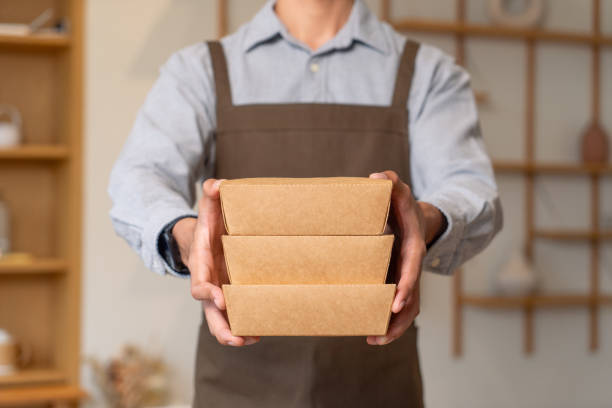
Rise of Biodegradable and Compostable Materials
- Growth in demand for plant-based bioplastics, compostable paper films, and algae-based solutions.
- More companies are committing to zero-waste goals and moving toward regenerative materials.
- Packaging certifications like OK Compost and TUV are gaining importance.
Refillable and Reusable Systems
- Refilling stations and reusable containers are becoming mainstream in beauty, cleaning, and food sectors.
- Brands are redesigning packaging to allow multiple uses before disposal.
- Circular economy models are being adopted to minimize raw material extraction.
Smart, Minimal Packaging
- Use of QR codes and embedded sensors to provide instructions or authentication, reducing printed inserts.
- Streamlined designs that use fewer materials and are easier to recycle.
- Intelligent supply chain data helps optimize packaging size and material usage.
Conclusione: Which Should You Choose?
There’s no universally “best” packaging material—it depends on your product, brand, and values.
- Choose plastic when you need moisture resistance, durata, and cost-efficiency.
- Opt for paper if your brand emphasizes sustainability and biodegradability.
- Understand the recycling pros and cons of each material, and consider your local infrastructure.
- Remember that is paper biodegradable? Yes—but only if it’s uncoated and disposed of properly.
- And when asking is plastic renewable or nonrenewable resource?—plastic is overwhelmingly nonrenewable.
For businesses seeking both sustainability and performance, hybrid packaging solutions, smart design, and recycling-friendly materials may offer the best path forward.
TINMEN Helps You
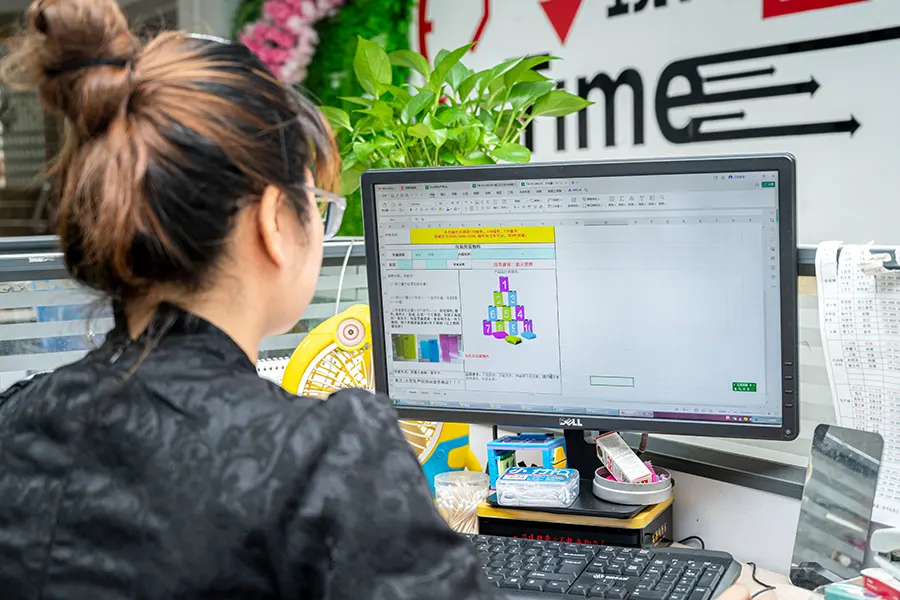
At Uomini di latta United Industry Limited, siamo orgogliosi di offrire un servizio eccezionale su misura per soddisfare le esigenze dei nostri clienti. La nostra offerta di servizi completa garantisce l’efficienza, affidabilità, e la soddisfazione del cliente in ogni fase del processo.
Il nostro servizio include principalmente:
- Risposta rapida
- Capacità produttiva
- Vantaggio di consegna
- Servizio unico
- Catena di fornitura stabile
Sei più che benvenuto a contattarci se hai bisogno di aiuto.



